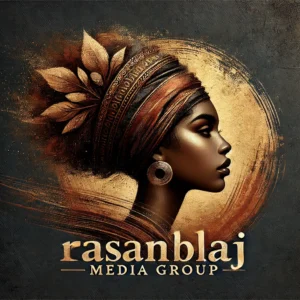It was not always called this.
Before Columbus, before conquest, before the names of European kings were pressed onto its soil, this island had other names—Ayiti, Bohio, Quisqueya. Names spoken by the Taíno, the first to claim it, the first to cultivate it, the first to carve their stories into its mountains and riverbanks. To them, it was a vast, abundant land, one where the sea kissed the shore with offerings of fish, where the forests stretched wide and deep, where maize, cassava, and sweet potatoes fed entire villages.
Then came 1492.
Then came Hispaniola, a name foreign to the land, a name forced onto it by men in armor, by men with flags, by men with God and greed in their mouths. Columbus landed, saw its riches, saw its people, and claimed it—not as a place already inhabited, not as a land with its own history, but as a possession, a jewel in the Spanish crown.
Hispaniola was where the New World experiment began. It was here that the Spanish first planted the seeds of empire, and with it, the twin curses of enslavement and extermination. The Taíno, whose hands had shaped the land for generations, were crushed beneath the weight of European violence and disease. Within decades, they were almost entirely gone—not vanished, not erased, but absorbed, buried in the bloodlines of those who came next.
And the land, fertile and unyielding, became a machine for empire. Sugarcane, coffee, tobacco—these were the crops that turned the island into wealth. But wealth demands labor, and so the slavers came, dragging with them millions of souls ripped from Africa, forced into the brutal fields of Saint-Domingue in the west, into the Spanish-controlled plantations of Santo Domingo in the east. The island split in its suffering, one half becoming the wealthiest colony in the Americas, the other left to the slow decay of Spanish neglect.
But Hispaniola is also where empire was undone. It was here that Haiti, forged in blood and fire, shattered the chains of slavery and declared itself free, the first Black republic, the first nation to tell Europe no. The east, Santo Domingo, would struggle for its own identity, caught between Spain, France, and Haiti, before becoming the Dominican Republic, always tethered to its past, always wrestling with the shadow of what came before.
Today, Hispaniola remains two nations bound by history and tension, by shared land and divided memory. The border is both real and imagined, both political and personal. The past lingers in the language, in the food, in the faces of its people. The names Haiti and Dominican Republic endure, but the island beneath them remains the same—one land, once whole, once free, long before it was ever called Hispaniola.
